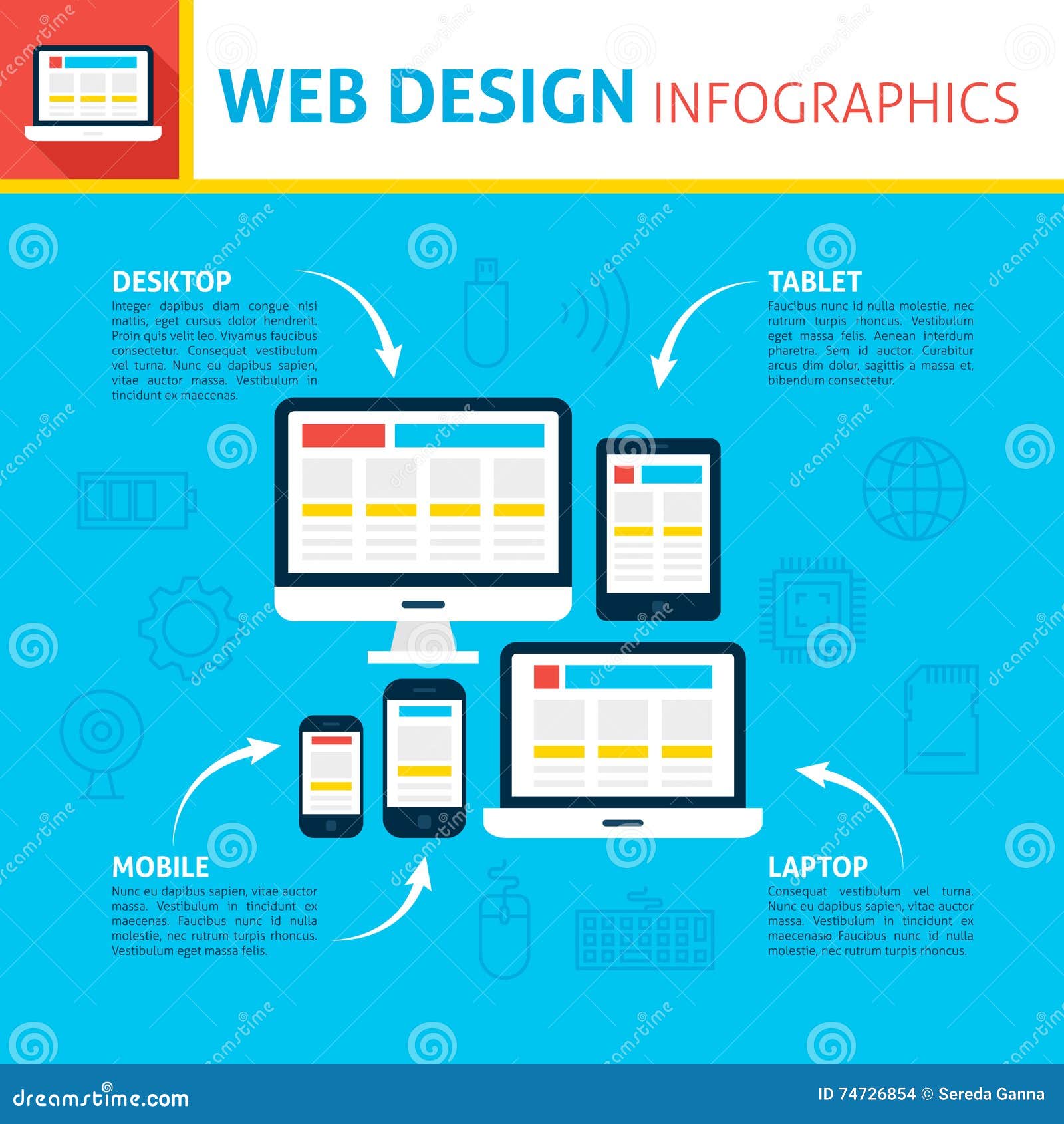Intrigued In Finding Out Exactly How Internet Site Design Has Developed? Take A Journey Via The Improvement
Intrigued In Finding Out Exactly How Internet Site Design Has Developed? Take A Journey Via The Improvement
Blog Article
Material Created By-Kinney Hejlesen
In the past, internet sites were simple and focused on information. Navigation was direct, and design was for desktop computers. Currently, individual experience is vital. Information overviews layouts for simple navigation. Receptive designs fit different tools. Today, dark setting lowers pressure, and minimal food selections enhance navigation. Interactive functions involve users, and strong visuals stick out. AI combination boosts interaction. See exactly how layout has progressed to improve your online journey.
Very Early Days of Web Design
In the very early days of web design, simplicity reigned supreme. Web sites were basic, with minimal shades, font styles, and formats. The emphasis got on giving info rather than fancy visuals. Individuals accessed the web via sluggish dial-up links, so speed and functionality were crucial.
Navigating food selections were straightforward, typically situated at the top or side of the web page. https://brandequity.economictimes.indiatimes.com/news/business-of-brands/bws-2022-blurring-boundaries-between-sales-and-marketing/92667439 were designed for desktop, as mobile browsing had not been yet common. Material was king, and developers prioritized simple readability over complex style elements.
HTML was the main coding language made use of, and designers had to function within its restraints. Animations and interactive functions were minimal compared to today's requirements. Web sites were static, with little dynamic material or personalized individual experiences.
Increase of User-Focused Layout
With the advancement of internet site style, a change towards user-focused design principles has actually ended up being significantly prominent. Today, developing sites that focus on user experience is important for engaging site visitors and achieving company goals. User-focused design involves recognizing the requirements, preferences, and habits of your target audience to customize the site's design, material, and features accordingly.
Developers now perform extensive research study, such as customer studies and functionality testing, to collect understandings and comments straight from users. This data-driven method aids in developing instinctive navigation, clear calls-to-action, and aesthetically attractive user interfaces that resonate with visitors. By putting the customer at the facility of the layout procedure, internet sites can deliver a more individualized and enjoyable experience.
Receptive style has likewise emerged as a vital aspect of user-focused design, ensuring that sites are enhanced for different devices and display sizes. This adaptability improves accessibility and usability, catering to the varied means customers communicate with internet sites today. Fundamentally, the increase of user-focused design represents a change in the direction of creating digital experiences that focus on the needs and expectations of the end individual.
Modern Trends in Website Design
Explore the most up to date patterns forming website design today. One famous trend is dark mode layout, supplying a streamlined and modern-day look while lowering eye strain in low-light environments. One more crucial fad is minimal navigating, streamlining menus and enhancing individual experience by concentrating on essential elements. Including micro-interactions, such as animated switches or scrolling results, can create a more interesting and interactive site. Responsive layout continues to be important, ensuring seamless user experiences throughout numerous gadgets. In addition, making use of bold typography and unbalanced layouts can add visual passion and draw attention to details content.
Integrating AI technology, like chatbots for client support or customized suggestions, improves individual engagement and simplifies procedures. Access has likewise become a considerable pattern, with designers focusing on inclusive layout techniques to accommodate varied individual demands. Accepting sustainability by maximizing website efficiency for rate and performance is one more emerging fad in web design. Teaming up with individual feedback and data analytics to iterate and improve design constantly is important for remaining pertinent in the ever-evolving digital landscape. By embracing these contemporary patterns, you can create an aesthetically enticing, user-friendly internet site that reverberates with your audience.
Conclusion
As you assess the evolution of site layout from the very early days to now, you can see just how user-focused design has actually become the driving force behind modern fads.
Accept the trip of adjustment and adjustment in website design, always keeping the individual experience at the leading edge.
Remain present with the latest trends and modern technologies, and never quit progressing your approach to develop visually stunning and straightforward web sites.
Develop, adapt, and develop - the future of web design is in your hands.
